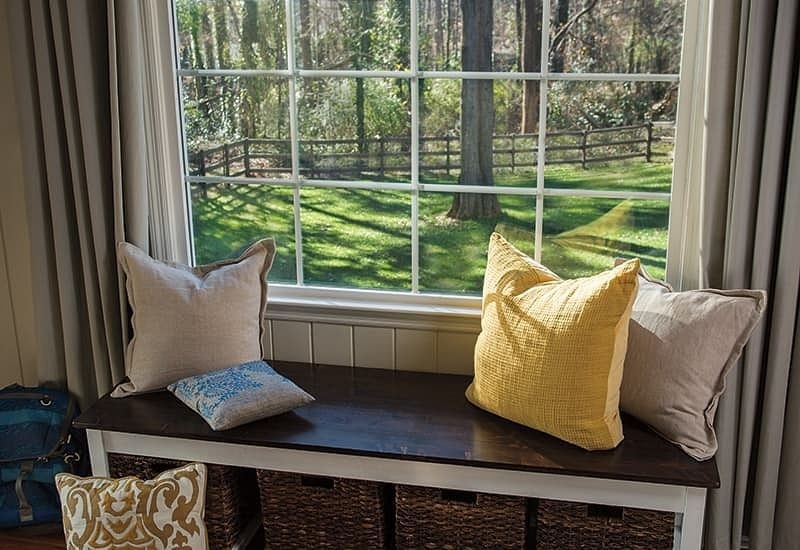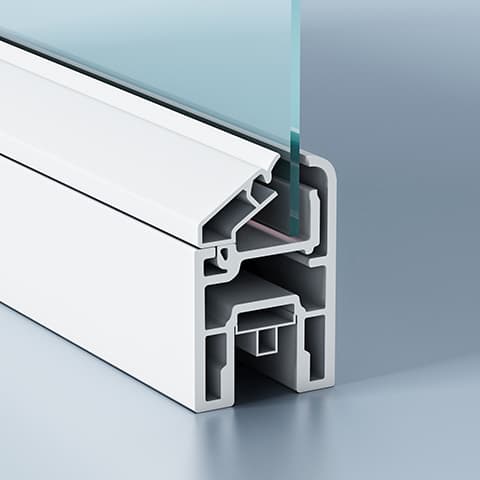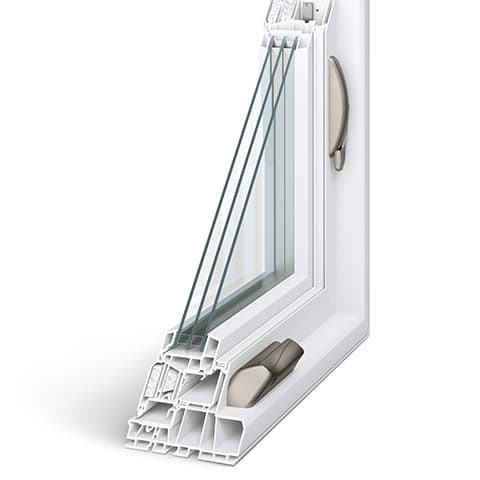One, Two or Three — How Many Window Panes Do You Need?
Posted
on May 11, 2018

Seattle has a rainy reputation. And it’s well-deserved. It rains 152 times a year on average1 — about three days a week. All that rain is a result of the mild, temperate climate. Extreme temps are rare. It’s never too hot or too cold.
With that consistently mild climate, do you even need to worry about energy efficiency?
You do if you want to lower your monthly energy costs and your impact on the environment. One way to do that is with energy efficient windows.



Multiple panes can make windows more efficient
Some of your home’s energy costs are tied to the type of window you choose. And there are many factors that affect energy efficiency. The number of panes, or layers of glass, in your window is a major one. When you start comparing the options, you’ll typically find three options:
- Single-pane — For single pane, one layer of glass separates your home from the elements. These windows are common in older homes, but less popular today due to advances in energy efficiency.
- Double-pane — With double-pane, or dual-pane glass, two layers of glass are held together by the frame and spacer, and within that airspace is an insulating layer of either air or gas, depending on the glass type.
- Triple-pane — With triple-pane glass, three layers of glass are held together by the frame and two spacers, and within that airspace is an insulating layer of either air or gas, depending on the glass type. That's a total of five layers of insulation, which is why triple-pane windows are the most energy-efficient.
With only one thin piece of glass, single-pane windows are most likely the least efficient option. An extra pane of glass — along with the insulating air or gas — helps to provide an additional layer of protection from the climate conditions of your area. So, the more panes in your window, the more energy efficient it is.
Window labels can help tell the energy efficiency story
When you’re comparing single or multiple panes and other window features, the labels provide critical information. Every window that is certified and tested has an NFRC label that tells you its energy performance. NFRC, or National Fenestration Rating Council, is the organization that developed the energy rating program for windows. The NFRC label tells you the energy efficiency of the whole window, not just the glass.
Two very important energy performance ratings on the NFRC label are the U-Factor and the Solar Heat Gain Coefficient (SHGC). The U-Factor tells you how well the window insulates, while the SHGC rates how effective the window is at blocking the sun’s heat.
The most energy efficient windows will also have an ENERGY STAR® label. ENERGY STAR certifies a variety of products based on their ability to help save energy without sacrificing features or functionality. For windows, they divided the United States into four regions and rated products based on their energy efficiency for the region’s climate. Windows designed to keep out the cold in the northern part of the country have different requirements than those in the hot and sunny south.
1According to The Weather Channel
Pella Impervia offers sleek, timeless styles.
The material and performance features weren’t the only things that received a makeover. Pella Impervia windows and patio doors are designed to today’s contemporary yet timeless trends.
Sleek, thin profiles and clean lines help maximize the size of the glass. An up-to-date color palette gives you fresh options to style your home with black window frames, dual-color frames or other unique looks. With six different hardware options and multiple patterns of between-the-glass grilles, you can mix and match your styles to round out the look of your home.
All of the latest Pella Impervia styles are on display in a showroom near you. Plan a visit to test out the Easy-Slide Operator and see these low-profile, large-paned products yourself. A Pella professional can help you design the fiberglass windows and patio doors to make your home easier to operate, less work to maintain and more beautiful to enjoy.
1Pella’s proprietary fiberglass material has displayed superior strength over wood, vinyl, aluminum, wood/plastic composites, and other fiberglass materials used by leading national brands in tensile and 3-point bend tests performed in accordance with ASTM D638 and D790 testing standards.
Schedule a free consultation to find windows and doors for your home.
